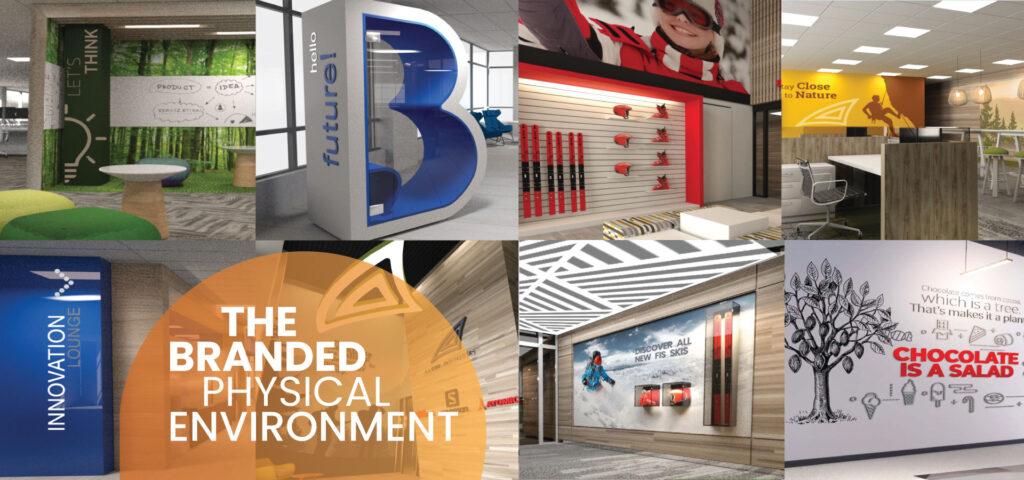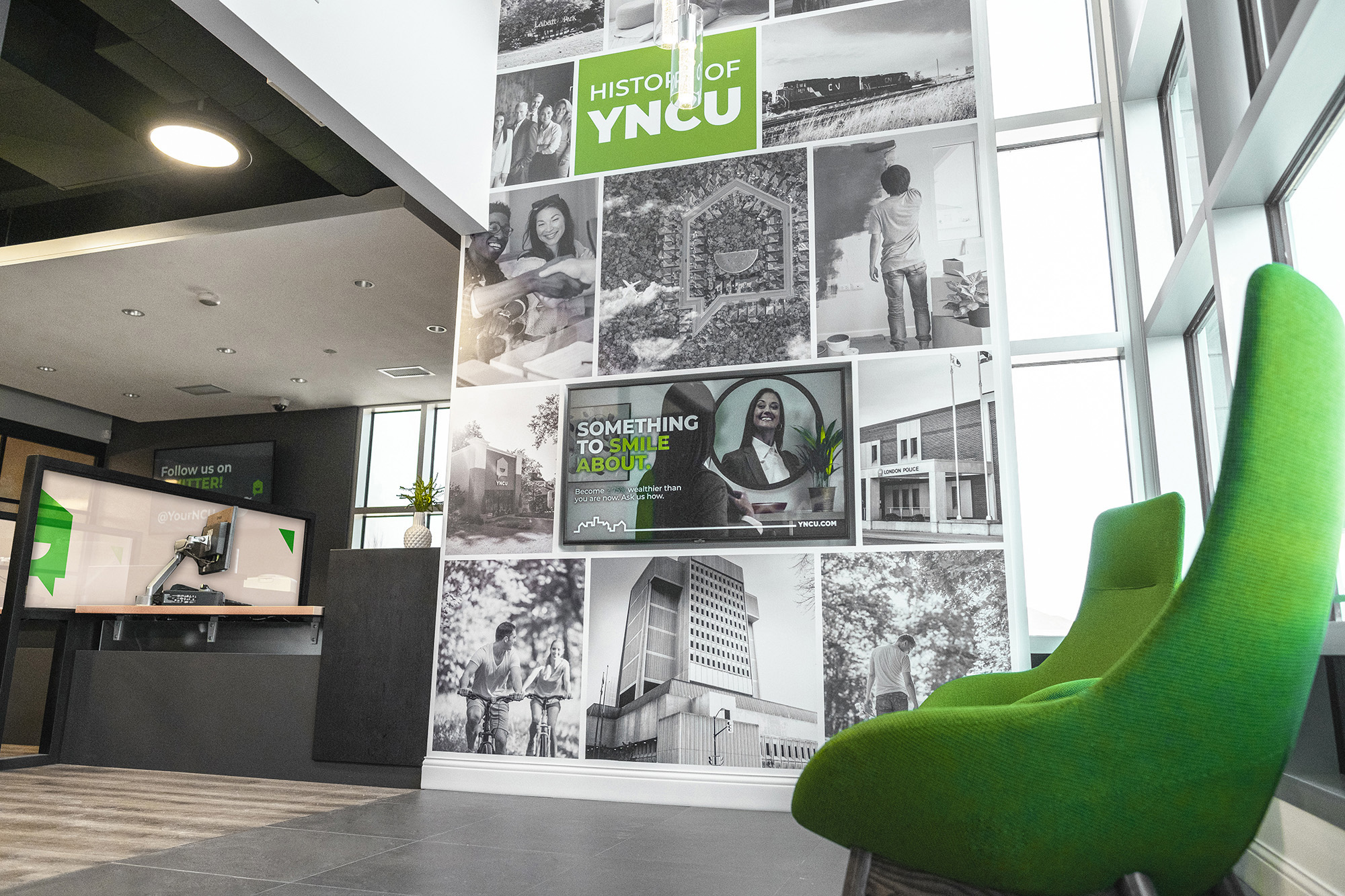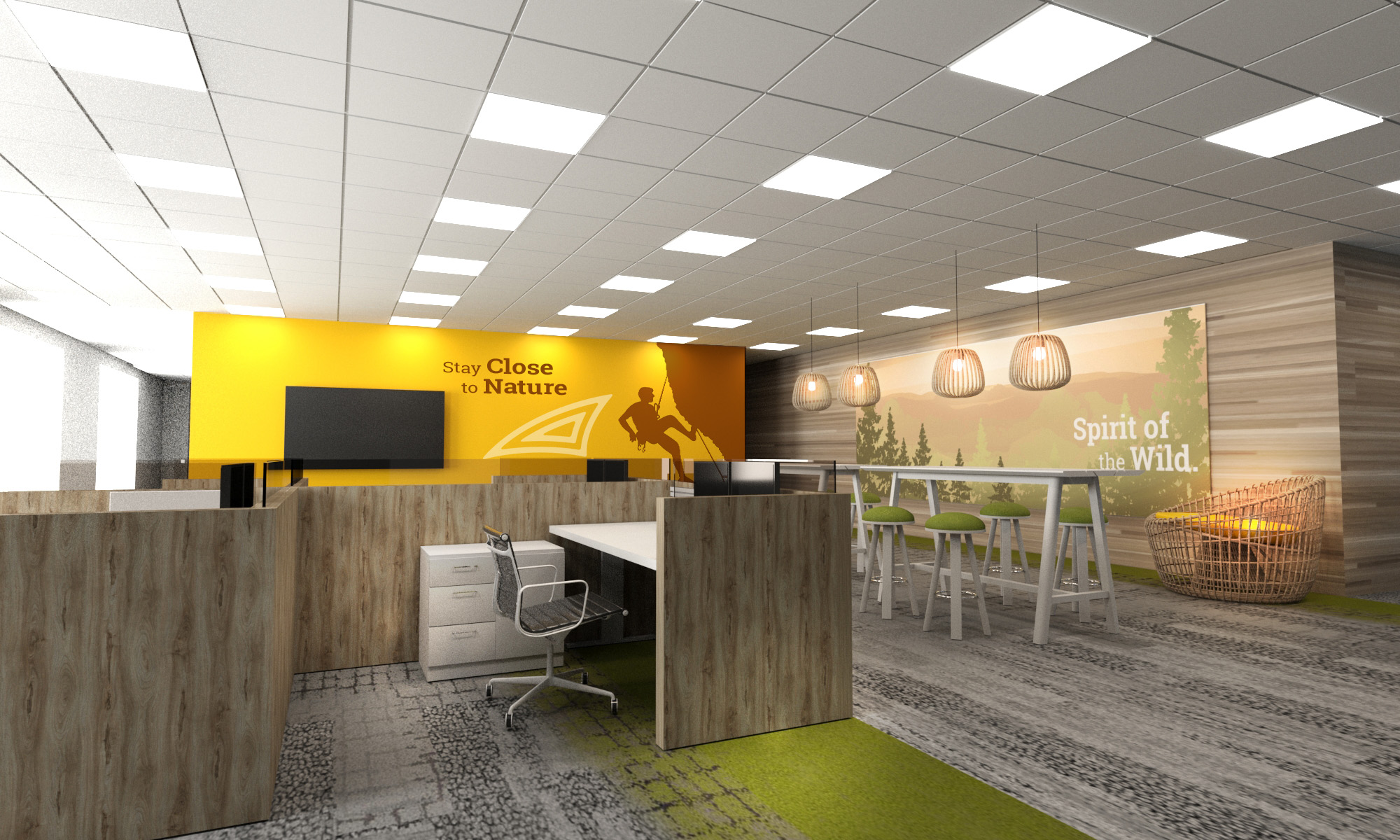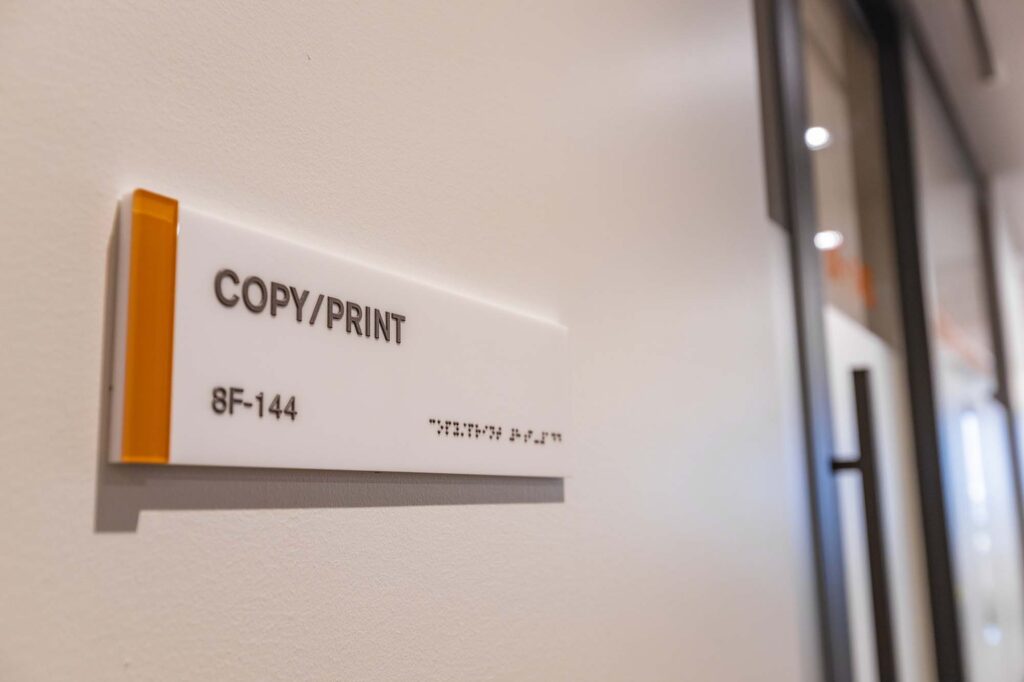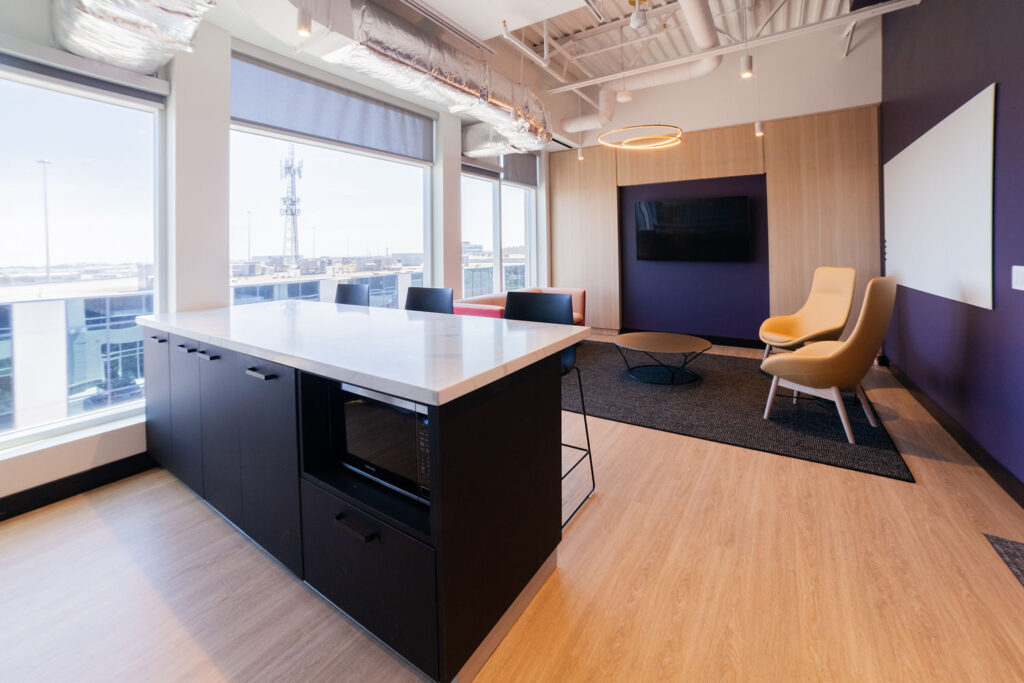As we look towards a return to “normal” – whatever and whenever that may be – it’s important to remember that workplace branding experiences and how they are designed are integral to making us feel human. Technology can connect us when in-person contact is impossible, but our innate need to be physically present with one another at work, school, and social gatherings doesn’t go away. In times of distance, brand and experiential design can work in tandem with the human spirit to move social connection forward.
When restoring these connections in a post-COVID society, brands will need lasting qualities to build trust with users, or all those who encounter and interact with a brand. Ultimately, this will determine which brands survive and what new experiences emerge.
The experience you have with a brand in any dimension, whether online or in a brick-and-mortar store, must be real and true to its values. People want to know that their engagement with a brand is hones and authentic.
Successfully branded environments can express the values and ethos of a brand through a unique and sensory combination of materiality, light, color, shape, programming, art, graphic design, and more.
Brands connect with people. They need to make their messages sing, and for the users to say “That’s relevant to me.” As a user, I need a reason to believe that I am important and my choice matter.
Brands should not hide behind their logo or complex language to disguise what might be going on behind the curtain. There is nothing wrong with saying “we’re not there yet, we have more work to do, but we’re getting there.” Users today are looking for this transparency to build trust. Today, as users are more skeptical than ever of brands and their values, brands must be comfortable admitting fault in order to rebuild their connection with users and maintain a unified sense of community among
We often talk about brand culture, but brand as a source of culture is a powerful builder of community. Good branding is highly effective in impacting employee wellbeing.
For example, consistent brand thinking through material choices, thoughtful moments, and one-of-a-kind experiences cultivate a sense of surprise and resonate with one’s values and mission. As we return to social settings, we need to know that we are connecting with a community of culture that resonates with our own inner voice. This inevitably results in a deeper staff engagement and connection to a company’s brand.
There is no time like now to pivot, learn something new, and repurpose your tools to form new services and experiences. An agile mind and an agile brand will survive and create new opportunity
As society embarks on a new beginning and looks toward life after a pandemic, what we’re really talking about is a new Brand Civility. Brand Civility embraces our human need to connect with one another and tells users that they belong. People connect with people, and today brands must put their human face forward to build trust and loyalty. The closeness and community we crave will return after this public health crisis, and brands and brand designers alike have a vital role in creating experiences and spaces that move human connection forward.
Personalization is in high demand. Layering light and color through a space can allow employees to choose the right environment for the task at hand. Creating a relationship between daylight and artificial light allows for each space to feel different throughout the day.
Providing employees with variety and versatility through the ability to manage light levels and color tones inspires ownership, improves moods, and can increase productivity.
Color palettes are trending in a more expressive direction, perhaps correlated with a “happiness” factor. Firms are moving away from a strict corporate palette and into a new color model with more variety and flexibility.
Business are making a concentrated effort to focus on mental health and physical wellbeing in unanticipated ways. When people feel that their environment is an expression of who they are and is responsive and adaptive to how they change, it increases a sense of belonging and connection. Workplace branding promotes company pride, resulting in higher employee retention rates, which leads to added, sustainable benefits for the organization. Overall, branded environments are a way for companies to exemplify employee value.
Following a year spent at home, many employees crave the opportunities for connection and collaboration that the office provides. Companies are moving away from static messaging and are shifting towards environments that cultivate a dialogue with their employees. They are looking for solutions that change the behavior of their space and heighten employee engagement.
